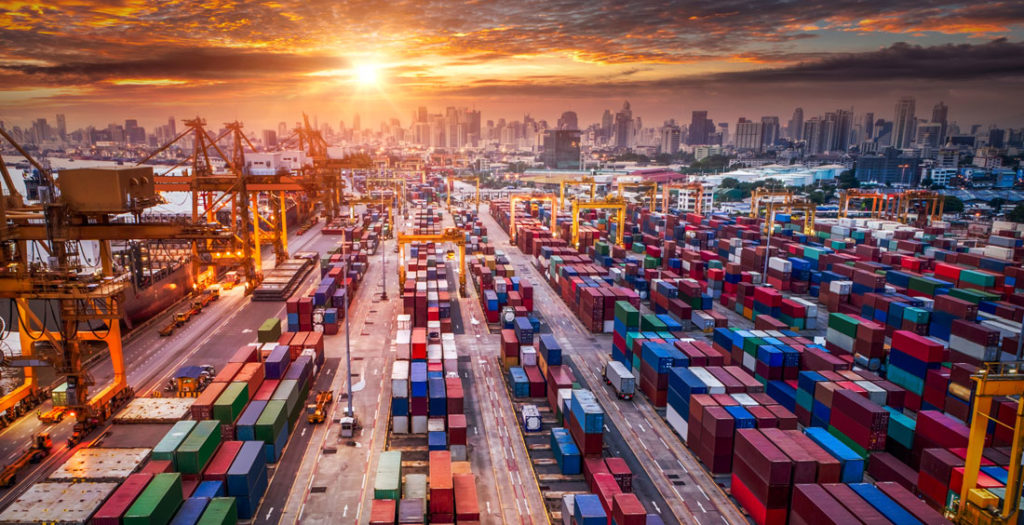Established in 2013 by President Xi Jinping, China’s Belt and Road Initiative (BRI) is the source of significant academic and policy debate, in terms of how it is defined and how far it can contribute to the achievement of the United Nations Global Goals for Sustainable Development (Global Goals) by 2030.

This IDS Bulletin seeks to explore these debates in more depth, looking at the opportunities and challenges that are associated with aligning the BRI and Global Goals frameworks at local, national and international levels to achieve universal global economic social and environmental goals. It highlights new evidence, analyses and insights from across a range of experts from China and BRI countries, and points both to the potential for the BRI to help achieve sustainable development outcomes and the political, economic, financial, environmental and social risks, implications and impacts for involved countries and communities.
Read the articles below
Introduction: The Belt and Road Initiative and the Sustainable Development Goals: Opportunities and Challenges
Jing Gu, Hannah Corbett and Melissa Leach
The Digital Silk Road and the Sustainable Development Goals
Gong Sen and Li Bingqin
Green Belt and Road Initiative Environmental and Social Standards: Will Chinese Companies Conform?
Jiang Xiheng
Aligning the Belt and Road Initiative with Myanmar’s Sustainable Development Plan: Opportunities and Challenges
Zhou Taidong
The Belt and Road Initiative and Africa’s Sustainable Development: A Case Study of Kenya
Jing Gu and Shen Qiu
Sino-Greek Economic Cooperation: COSCO’s Investment in the Port of Piraeus
Liu Qianqian and Polyxeni Davarinou
The China–Pakistan Economic Corridor: A Case Study
Mustafa Hyder Sayed
Will the Belt and Road Initiative Boost Least Developed Countries Towards Sustainable Development?
Namsuk Kim